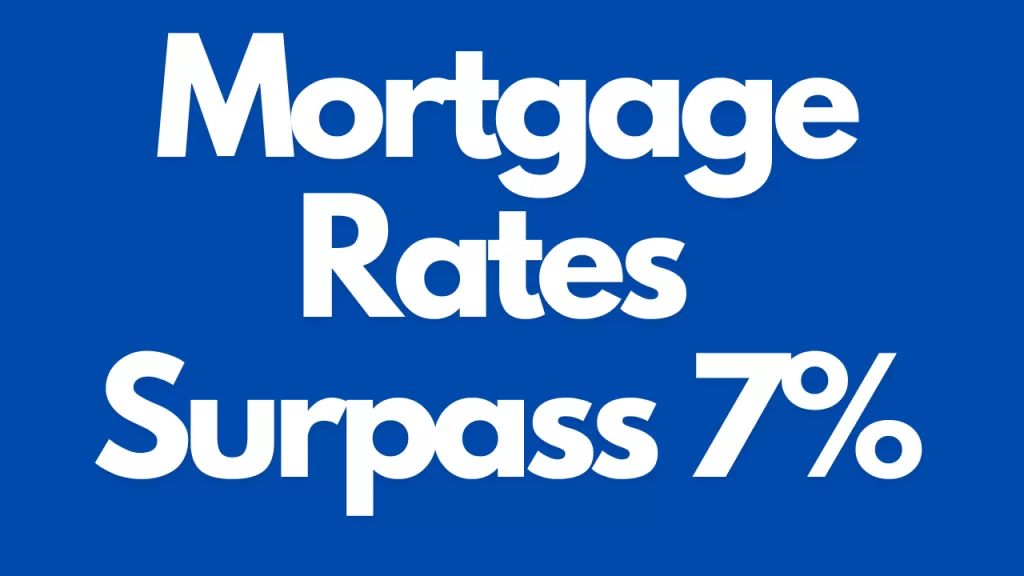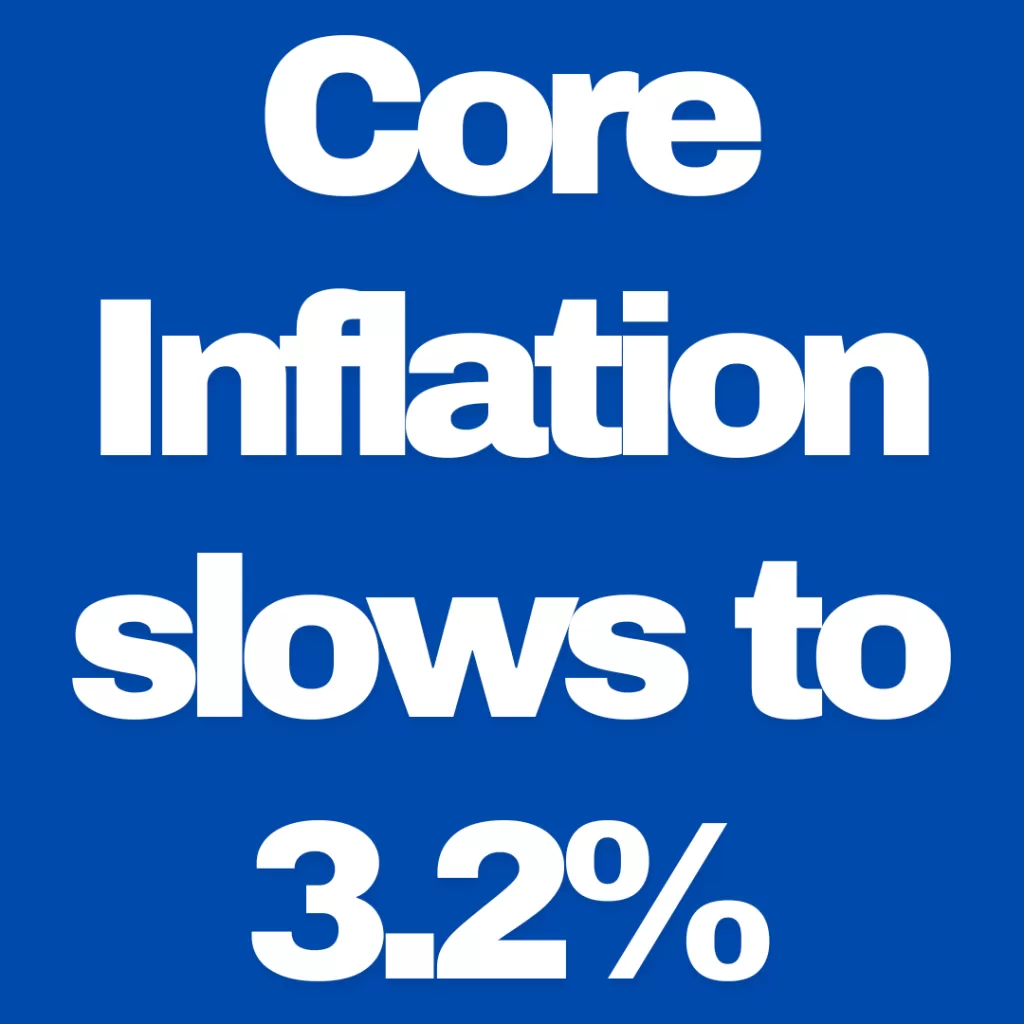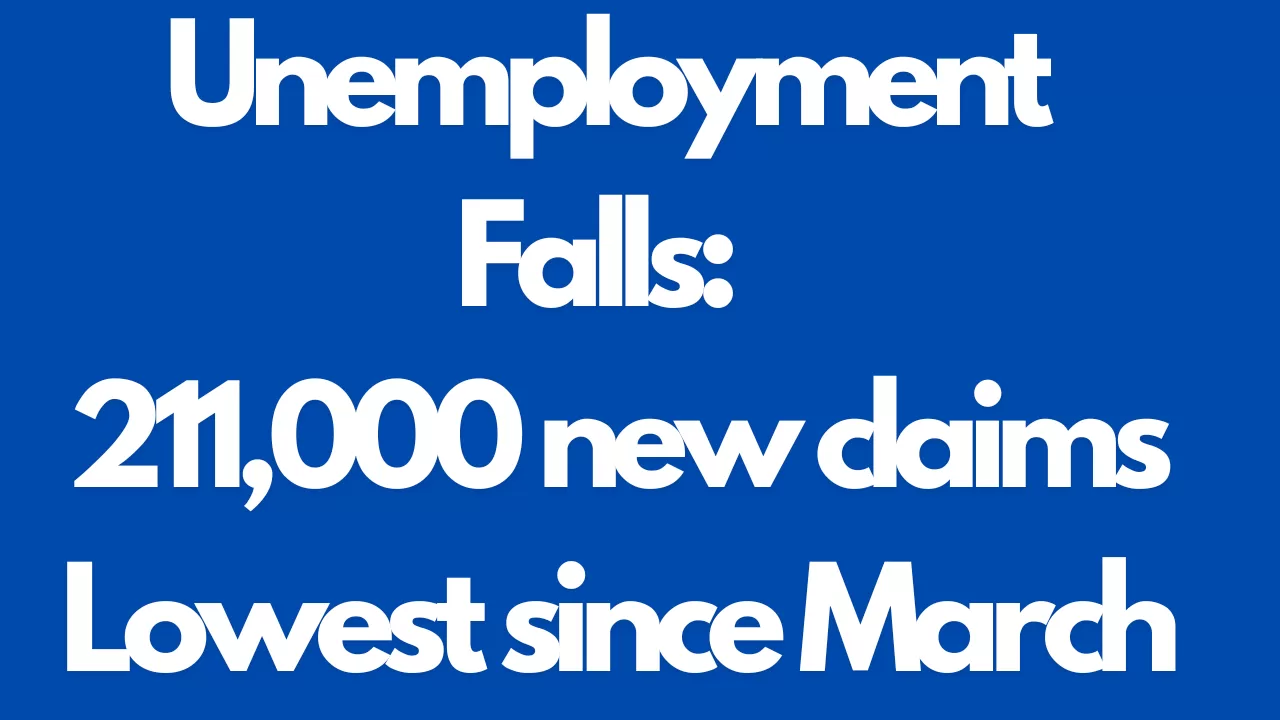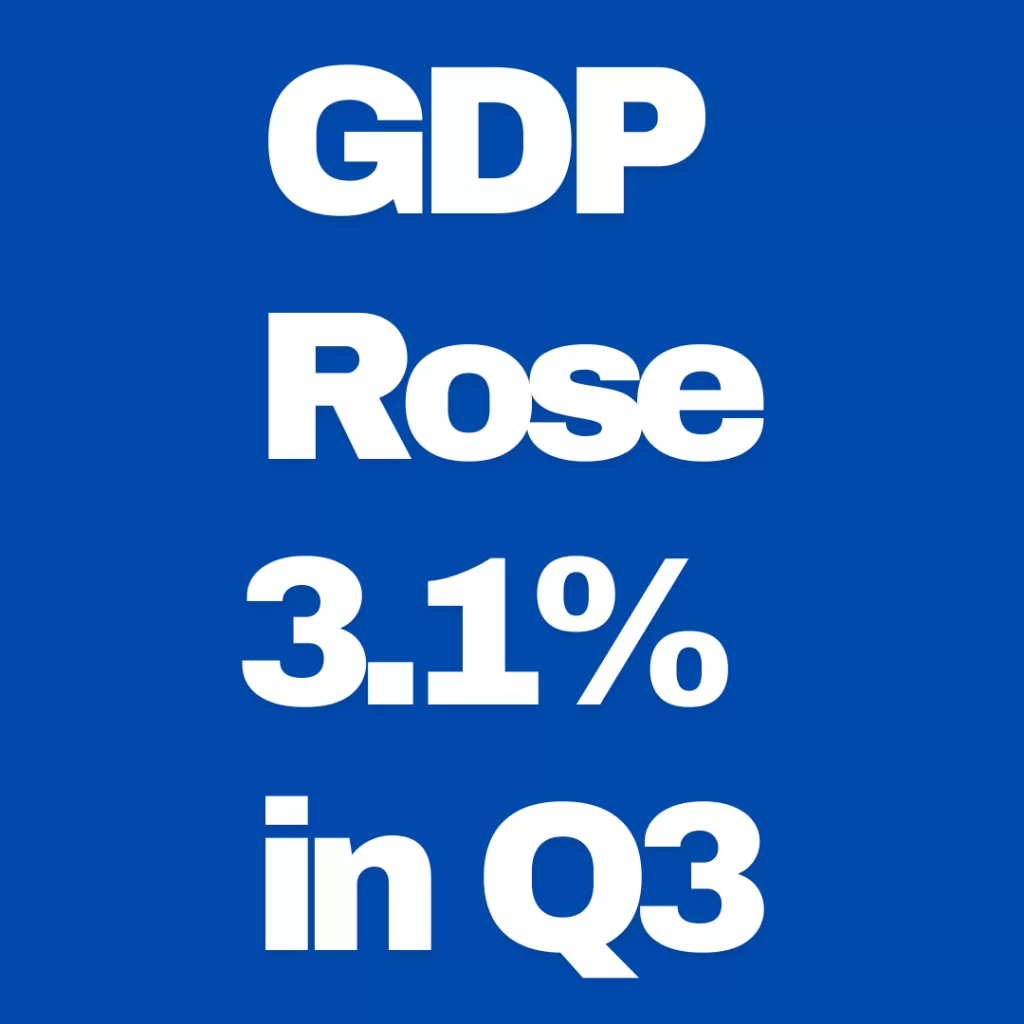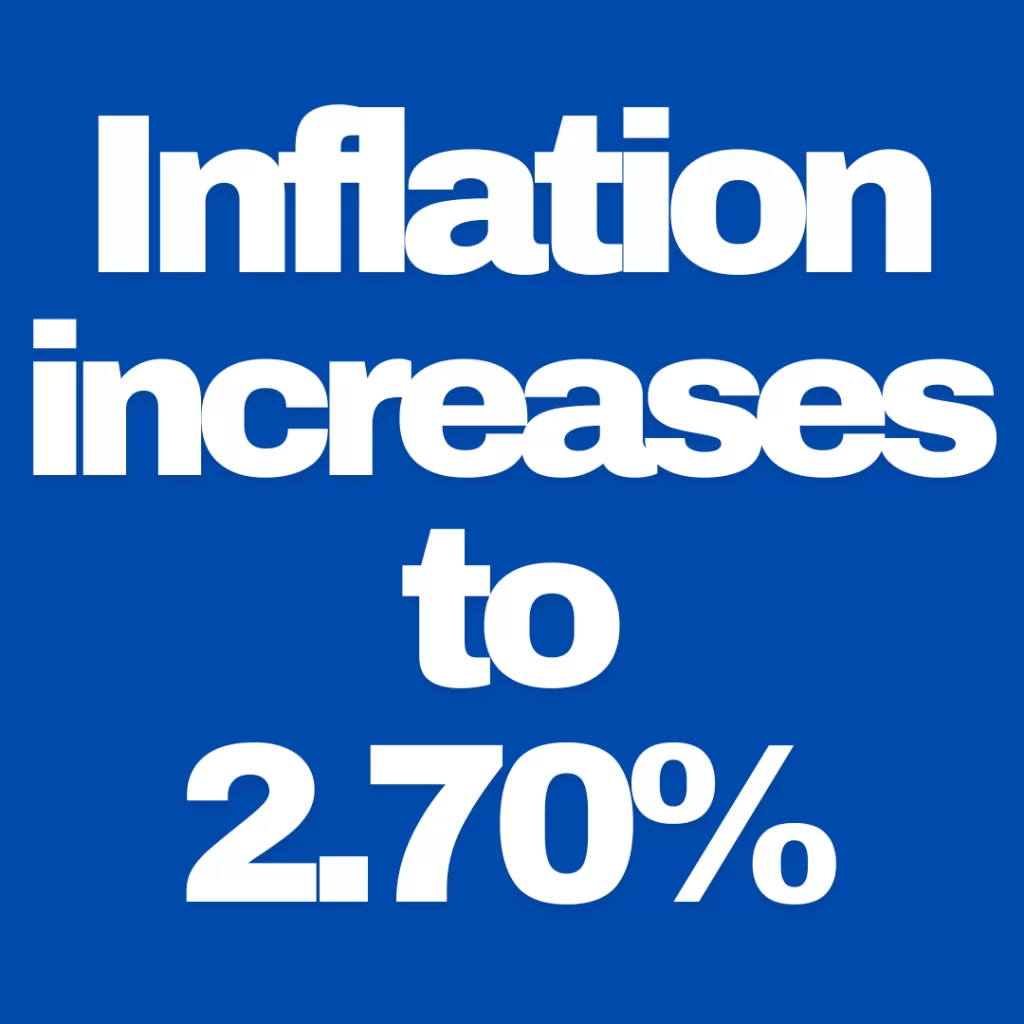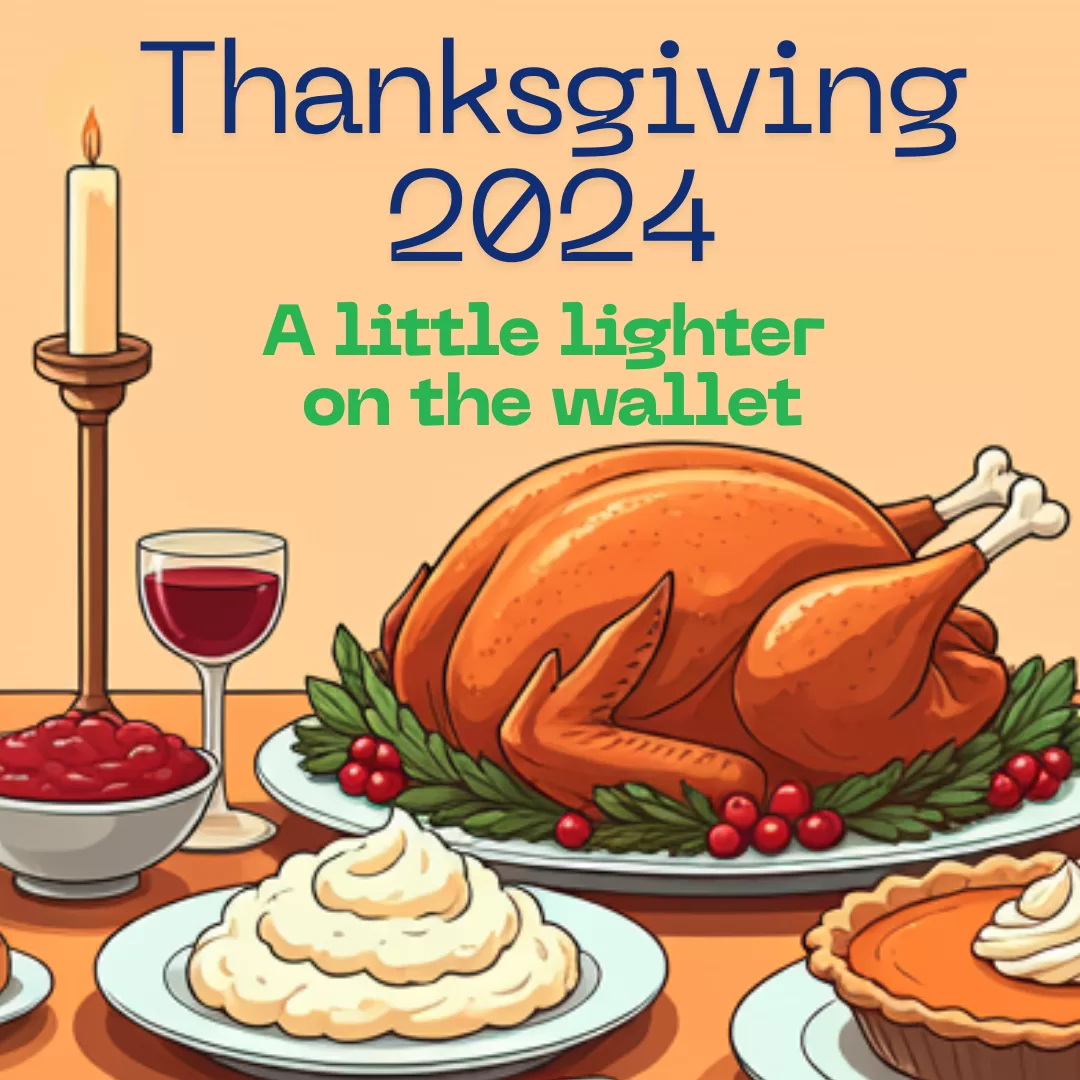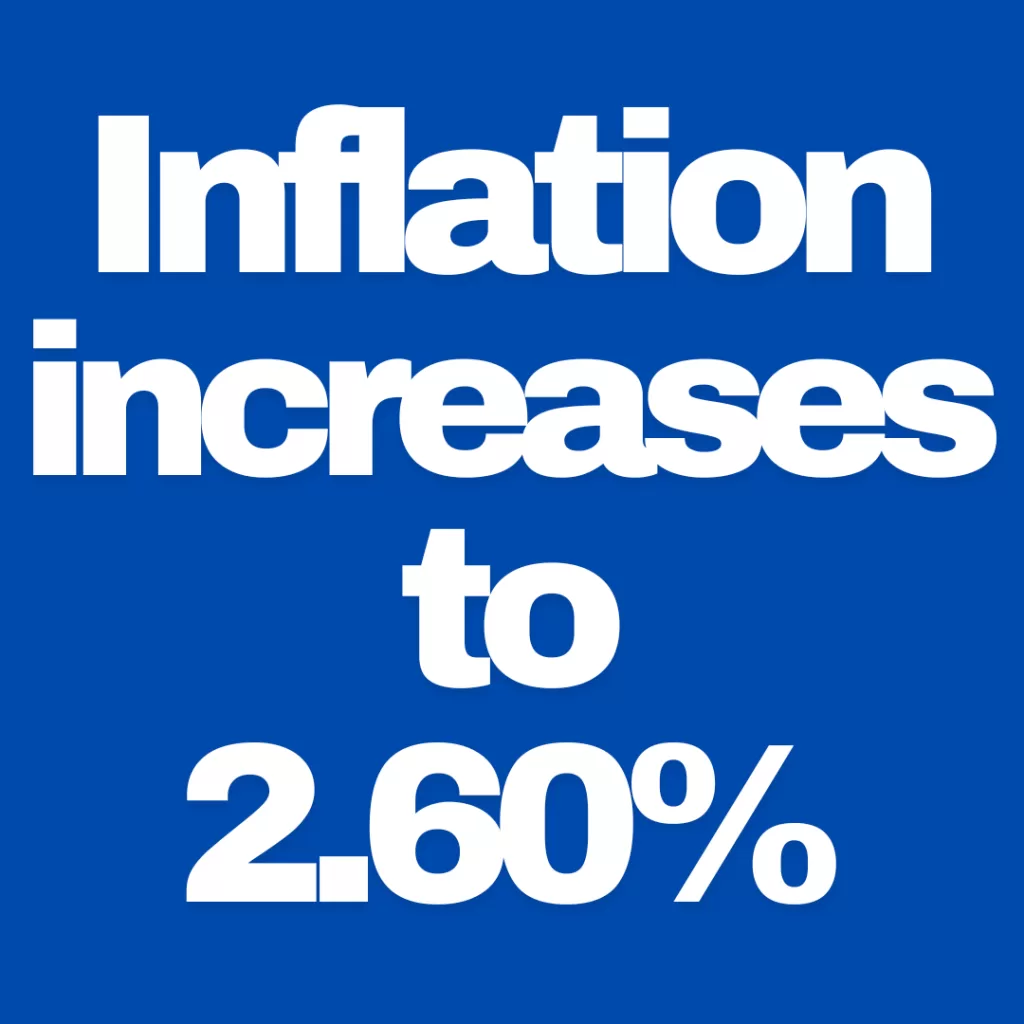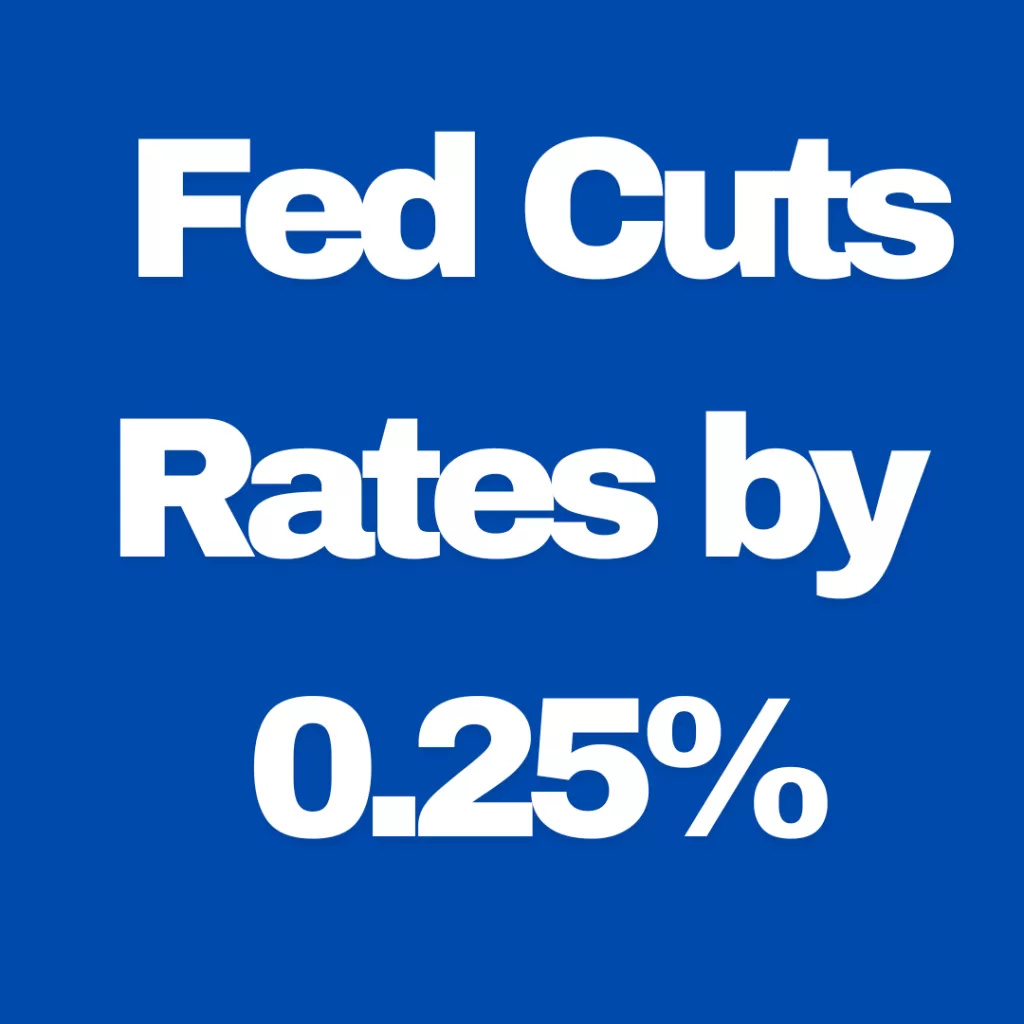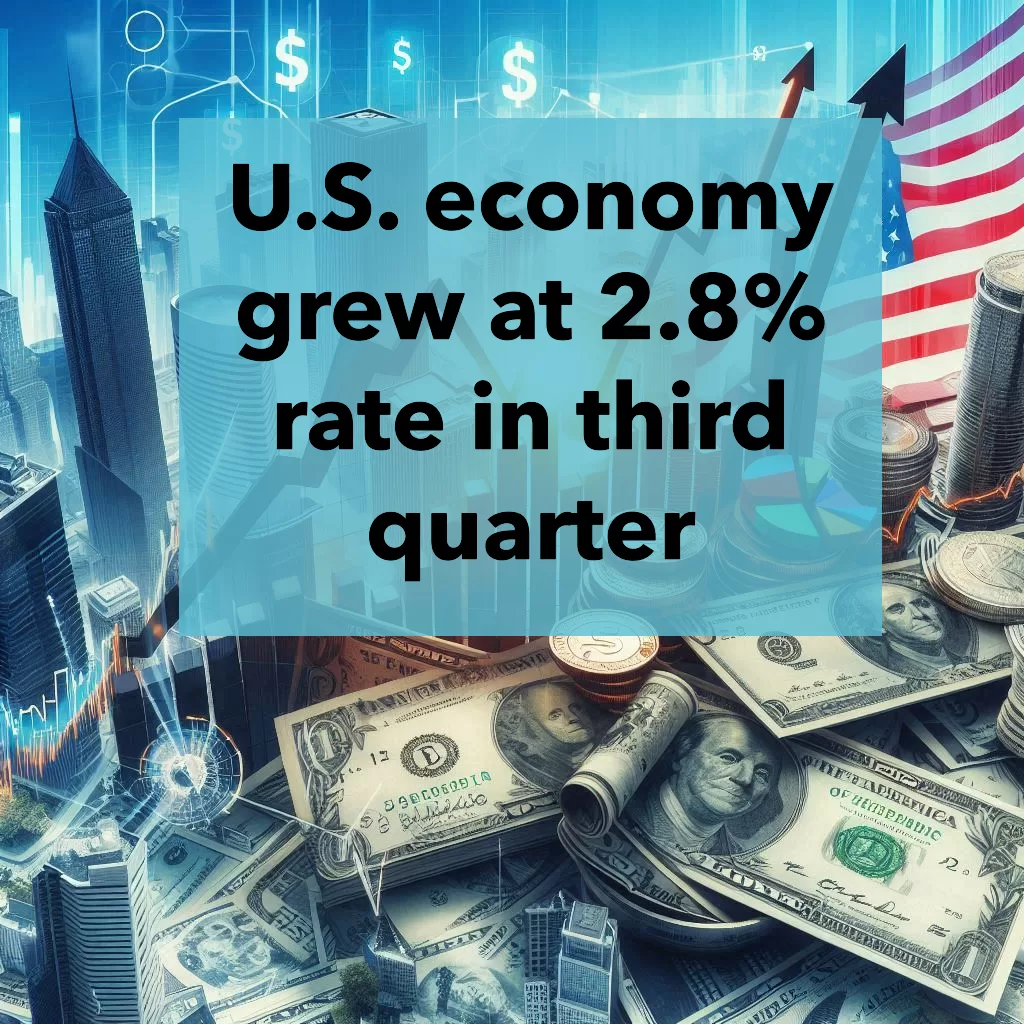In recent years, tariffs have become a key tool in the United States’ trade policy. When applied to imports, tariffs serve as taxes levied on goods entering the country, typically aimed at protecting domestic industries or responding to trade imbalances. However, the imposition of tariffs on imports from Colombia, a significant trading partner of the U.S., has the potential to ripple through both economies. Here, we explore the potential impacts on the U.S. economy, considering the key sectors involved, consumers, and the broader economic implications.
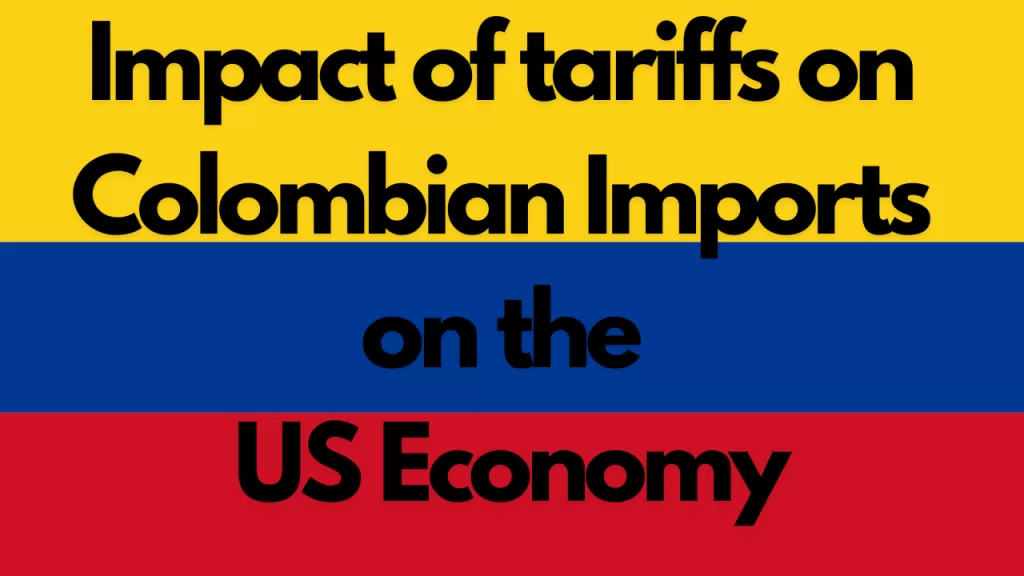
1. Key Sectors Affected
Colombia is a major exporter of agricultural products, energy resources, and textiles to the United States. Tariffs on these goods could have the following sectoral effects:
- Agriculture: The U.S. imports a significant amount of coffee, bananas, and flowers from Colombia. Tariffs on these goods could increase prices for American importers, disrupt supply chains, and potentially incentivize a shift toward alternative sources or domestic production.
- Energy Resources: Colombia is a prominent exporter of oil and coal. Tariffs in this sector could lead to higher energy prices in the U.S., especially in industries heavily reliant on these resources.
- Textiles and Apparel: Tariffs on Colombian textiles might increase costs for U.S. retailers and manufacturers, potentially driving up prices for consumers.
2. Impact on U.S. Consumers
Tariffs tend to raise the cost of imported goods, which can result in higher prices for consumers. For example:
- Rising Costs: American households could face higher prices for everyday goods such as coffee and clothing, which are staples in many households.
- Reduced Choices: As tariffs make Colombian products less competitive, businesses may limit imports, leading to fewer options for consumers.
These factors could dampen consumer spending, which is a critical driver of the U.S. economy.
3. Effects on U.S. Businesses
- Import-Dependent Industries: Companies relying on Colombian imports could face higher costs, pressuring their profit margins. For instance, flower retailers might see increased costs during peak seasons like Valentine’s Day and Mother’s Day.
- Retaliatory Tariffs: Colombia may respond with tariffs on U.S. exports, affecting American industries such as agriculture (e.g., corn and wheat) and machinery. Retaliatory measures could harm U.S. exporters’ competitiveness in the Colombian market.
4. Macroeconomic Implications
On a broader scale, taxes can have mixed effects on the U.S. economy:
- Inflationary Pressures: Higher prices on imported goods can contribute to inflation, eroding purchasing power and complicating monetary policy.
- Trade Deficits: While tariffs aim to reduce trade deficits, they may lead to reduced trade volumes overall, disrupting economic relationships and supply chains.
- Job Creation vs. Losses: While taxes may protect certain domestic industries and jobs, they can lead to job losses in industries dependent on trade with Colombia.
5. Geopolitical and Strategic Considerations
Colombia is a strategic ally of the United States in Latin America, and trade policies play a role in strengthening bilateral relations. The imposition of tariffs could strain this relationship, potentially affecting cooperation on issues like security, drug trafficking, and regional stability.
Tax on imports from Colombia could have wide-ranging implications for the U.S. economy, affecting key sectors, consumers, and businesses. While such measures may aim to protect domestic industries, the potential downsides—from higher consumer prices to strained international relations—underscore the need for careful consideration. Policymakers must weigh these impacts to ensure that trade policies align with broader economic and strategic objectives.

